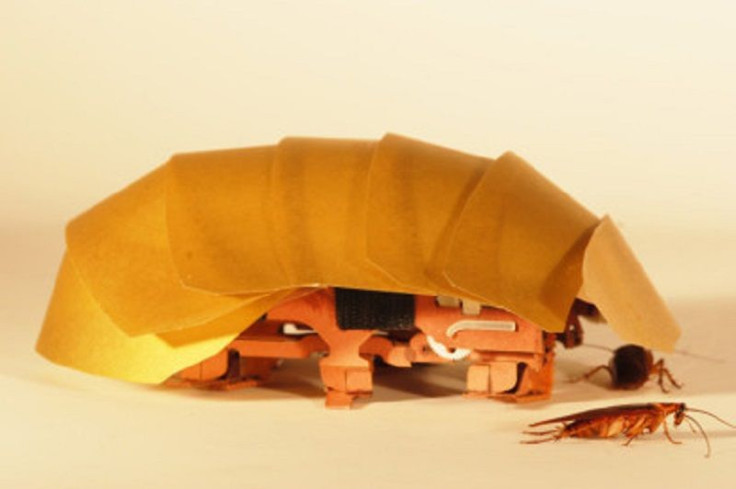Not all cockroaches deserve to be crushed to death
Roboroach could come handy in saving victims and protecting rescuers inside rubbles

A loud shriek is often the reactions of humans when a cockroach flies near them. Others are more proactive and use a foot or a footwear to crush the brown insect.
Like us on Facebook
While the violent human reaction to the cockroach is valid, there is one roach that shouldn’t be stepped on or crushed. It is the Roboroach developed by scientists at the University of California, Berkeley.
The researchers first studied the behaviour of real cockroaches to understand the insect’s ability to withstand a large amount of pressure and get into nearly everything. Cockroaches normally stand half an inch, but it has the ability to compress down to one-fifth of its height.
They noticed that when the insect is compressed, its legs are sprawled outward, making their feet unable to push against the ground properly. Rather than use their feet, the cockroach uses little spines on its legs that provide friction for it to wriggle forward. The spines function as sensory organs when the roach is upright, reports Gizmodo.
The Compressible Robot with Articulated Mechanisms (CRAM) developed by the scientists has similar physiology as the real cockroach. It has legs that could sprawl upward when under pressure, and small bumps on its edges, similar to the roach’s spines. They equipped CRAM with a soft upper shell, made of plastic, to protect its mechanisms from damage due to a low ceiling.
Roboroach, though, could only compress to half its size, unlike the real insect which could squish to one-fifth. By equipping the CRAM with tracking sensors, it could be deployed to disaster zones and act as first responders by making its way through cracks, mapping paths toward the zones, such as rubble from a collapsed tower.
In the process, the Roboroach would help keep rescues safe from slides of collapses that could also kill survivors. The search-and-rescue capability would come in handy in rubbles caused by explosions, tornadoes and earthquakes, says Kaushik Jayaram, study leader and currently a postdoctoral fellow at Harvard University.
What they created, however, is only a prototype. But “it shows the feasibility of a new direction using what we think are the most effective models for soft robots, that is, animals with exoskeletons,” adds Robert Full, professor of integrative biology at UC Berkeley and part of the team.





















